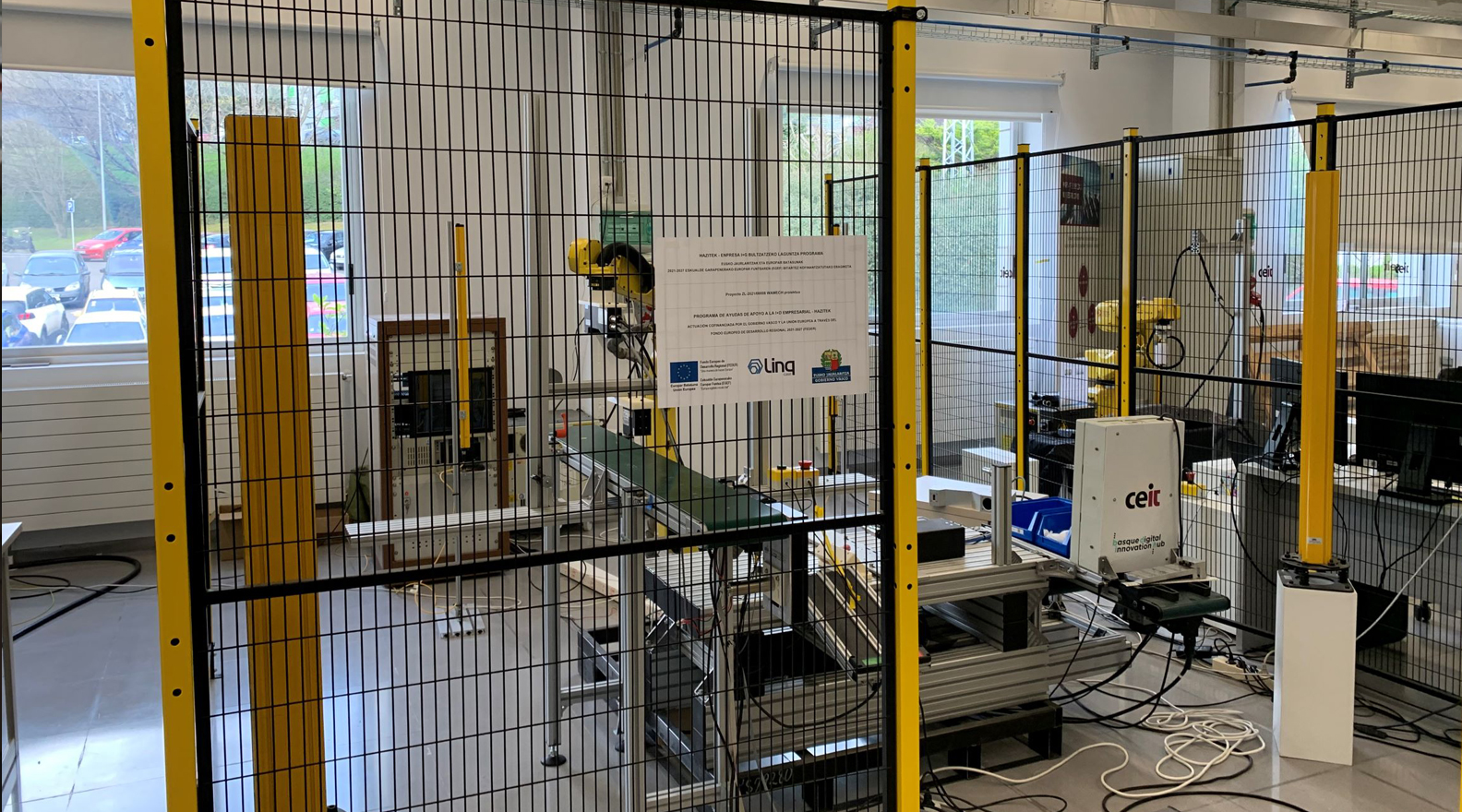A solution to control the quality of offshore parts manufactured using WAAM and nano-coatings
 2022-03-22
2022-03-22 WAAM technology
WAAM (Wire Arc Additive Manufacturing) technology is an additive manufacturing process that combines metallic material in the form of wire with arc welding techniques to melt it and generate the layers that will form the geometry of the final part. Among the various applications of this technology are parts that are used offshore. These parts are exposed to water and air laden with high levels of salt and other elements found in the water. WAAM technology is used precisely to protect the parts from these agents by means of a nano-coating.
LINQ has developed a project to validate non-destructive inspection (NDT) to check the integrity of these nanocoatings using lasers. With our laser camera-based solution, nano porosities can be sized and the effective integrity of the coating layer can be monitored.
This solution will give a boost to the manufacture of metal parts based on WAAM, a technique that reduces waste in the generation of metal parts and replaces traditional technologies such as turning or milling. This WAAM technology consists of a 3D model welding process using welding robots in a similar way to a 3D printer, which generates metal products instead of plastic ones. The process consists of an electric arc that melts the metal wire and is deposited by the control of a robotic arm to build the desired shape.
The main advantages of WAAM technology are the ease of making large metal parts, the flexibility in the choice of material compared to other additive welding methods and the exploitation of the raw material, significantly reducing the amount of waste generated. Only the material necessary for the defined morphology of the part being built is used. It is currently of interest in a number of sectors, not just metal, including aerospace, marine, automotive, moulds and dies, energy and construction (architecture).
This vision inspection technology has been developed together with the Ceit research centre, a member of BRTA, within the framework of the WAMECH project, which has been funded by the Basque Government"s Hazitek programme of grants for industrial research or experimental development projects.
